
Many classic novels have hidden stories and fascinating details that often go unnoticed. Behind their well-known plots and beloved characters lie unexpected inspirations, overlooked historical connections, and surprising twists in their creation. So, here are behind-the-scenes facts that add a new layer of appreciation to these 15 classics we thought we knew so well.
Pride And Prejudice Almost Had A Different Title

Jane Austen, author of “Pride and Prejudice,” originally titled her novel “First Impressions,” reflecting Elizabeth Bennet’s initial misjudgment of Mr. Darcy. However, a different book with the same title had already been published, prompting Austen to rename it before its 1813 release.
The Picture Of Dorian Gray Sparked Moral Outrage
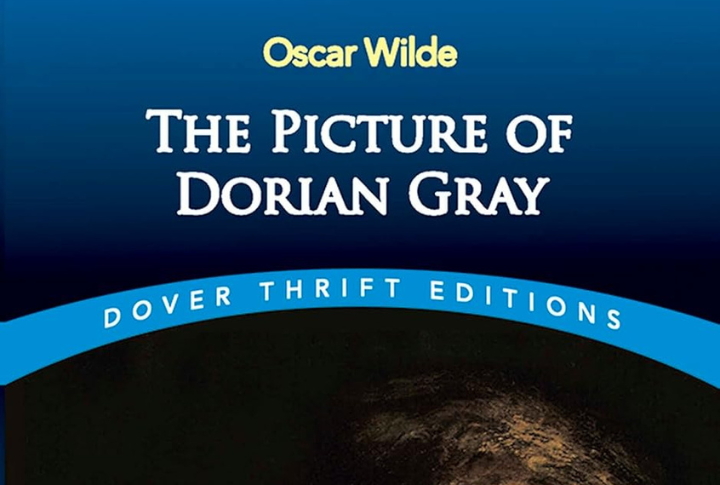
Oscar Wilde’s “The Picture of Dorian Gray” shocked Victorian readers upon its 1890 debut. Critics condemned it as “immoral,” prompting Wilde to revise the novel by adding a preface defending artistic freedom. That preface famously begins: “All art is quite useless”—a deliberate provocation to his moralistic critics.
Frankenstein Was Inspired By A Nightmare
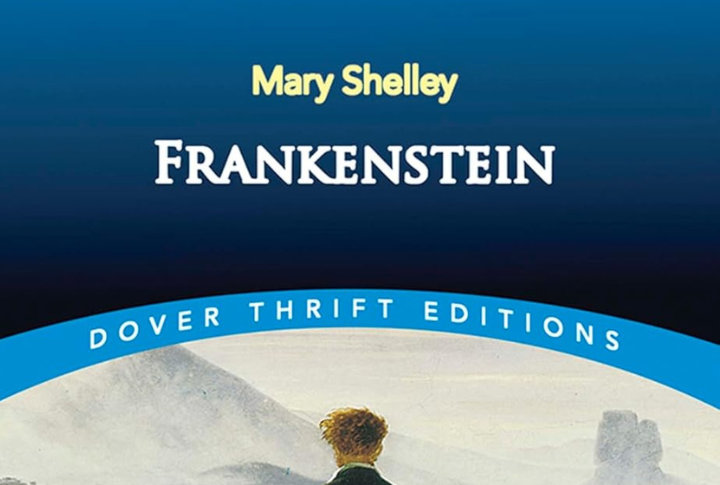
Mary Shelley, the author, conceived the idea for Frankenstein during a ghost-story writing competition with Lord Byron and Percy Shelley in 1816. She had a nightmare of a scientist who reanimates a corpse, and that became the foundation of her novel. Shelley was only 18 years old when she began writing the novel.
The Great Gatsby Was Inspired By Real People And Events

F. Scott Fitzgerald based several characters in “The Great Gatsby” on real figures from 1920s New York. For instance, Jay Gatsby was reportedly inspired by Max Gerlach, who called people “old sport” and enriched himself through illegal liquor sales. Fitzgerald himself lived on Long Island and attended lavish parties.
To Kill A Mockingbird Almost Didn’t Get Published
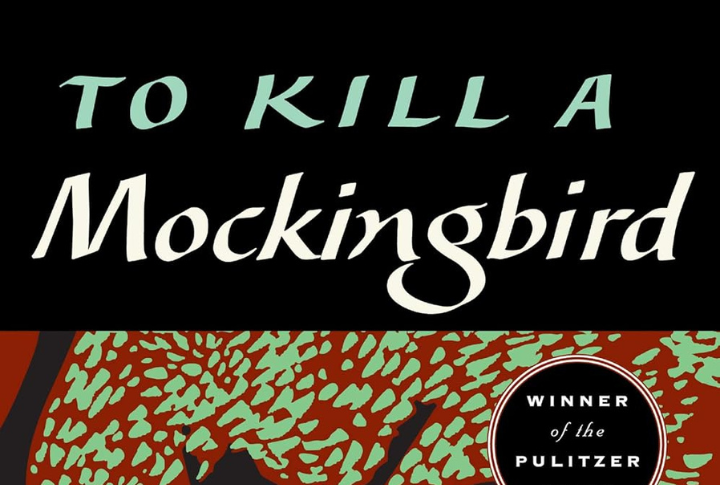
The writer, Harper Lee, struggled for years to get her book published. Her editor, Tay Hohoff, guided her through extensive rewrites and helped her center the story on racial injustice. Even after publication in 1960, Lee feared it would not sell well, but it quickly became a bestseller.
1984 Was Almost Called “The Last Man In Europe”

“1984” was deeply influenced by George Orwell’s experiences with totalitarian regimes. He considered naming it “The Last Man in Europe,” reflecting its themes of individuality under an oppressive regime. However, his publisher suggested 1984 as a more marketable title, possibly reversing the digits of 1948, the year Orwell wrote it.
Dracula Was Partially Inspired By A Real Castle
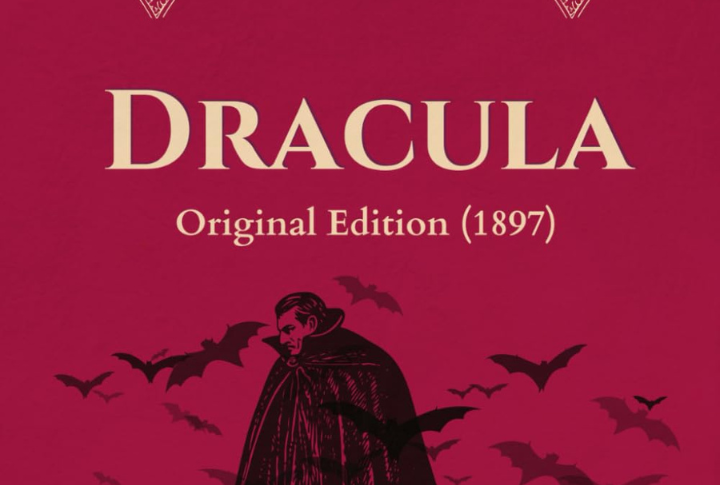
“Dracula” was influenced by Eastern European folklore about vampires. Although Count Dracula is often associated with Vlad the Impaler, author Bram Stoker likely based his description of the vampire’s castle on Slains Castle in Scotland. Stoker visited the ruined fortress and used its eerie cliffside setting for Dracula’s Transylvanian home.
Jane Eyre Was First Published Under A Male Pseudonym
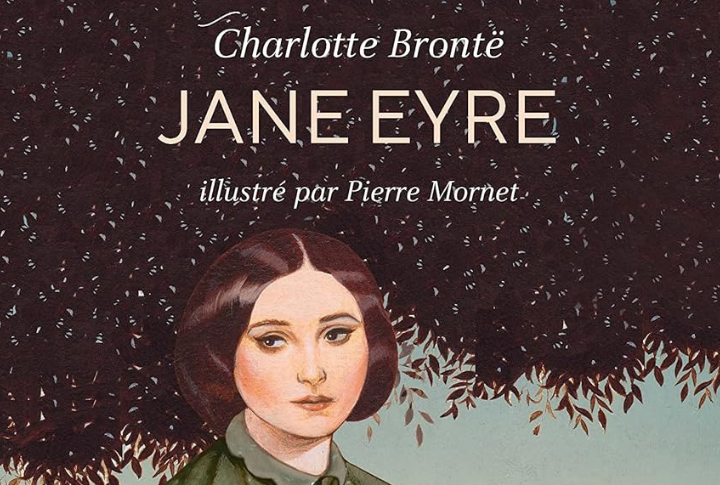
Charlotte Bronte published her 1847 book “Jane Eyre” under the pseudonym “Currer Bell” to avoid gender bias in the literary world. The novel was an instant success, praised for its emotional depth. When Bronte’s identity was revealed, many critics expressed surprise that the masterpiece had been written by a woman.
Alice’s Adventures In Wonderland Was Inspired By A Real Girl
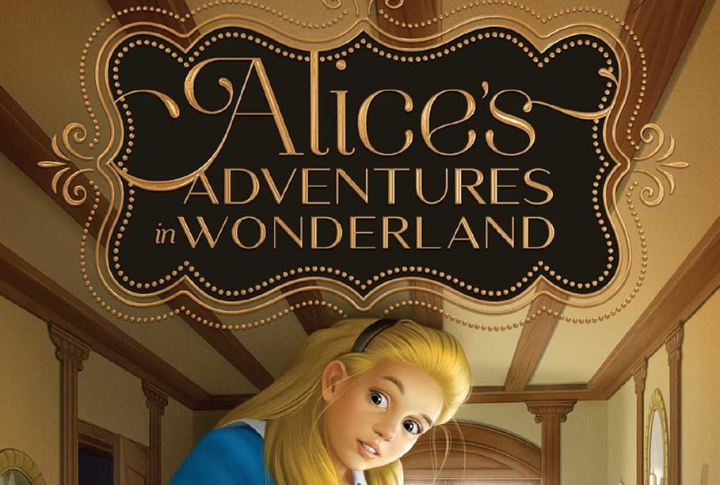
“Alice’s Adventures in Wonderland” features a main character inspired by a real girl, Alice Liddell. In 1862, Lewis Carroll, the author, created an impromptu fantasy story to entertain Alice during a boat trip. She was so captivated by the tale that she begged him to write it down, sparking the journey that led to the book’s publication in 1865.
The Catcher In The Rye Led To Conspiracy Theories
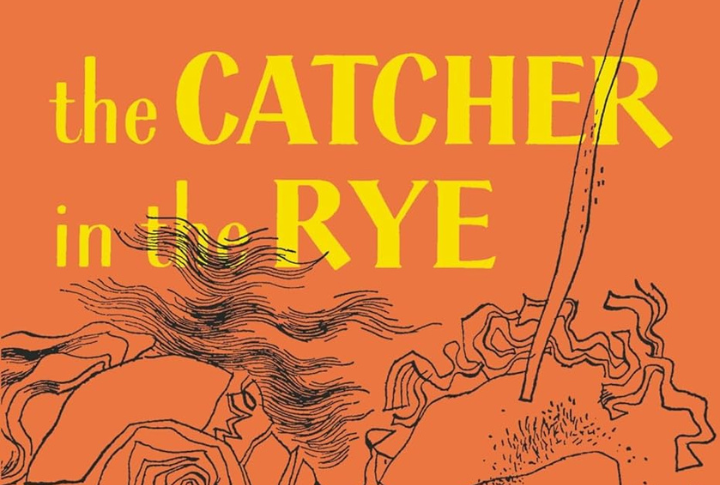
After “The Catcher in the Rye” was published in 1951, it became one of the most controversial books of its time, often banned for its themes of rebellion. It also became notorious for its connection to several high-profile crimes. These incidents fueled conspiracy theories that the book contained hidden messages.

